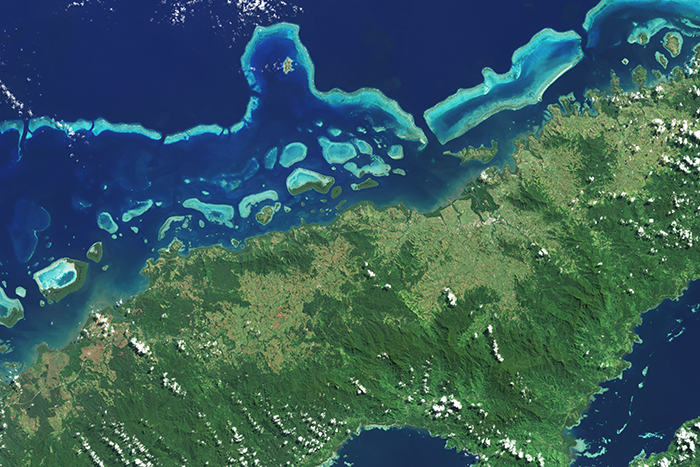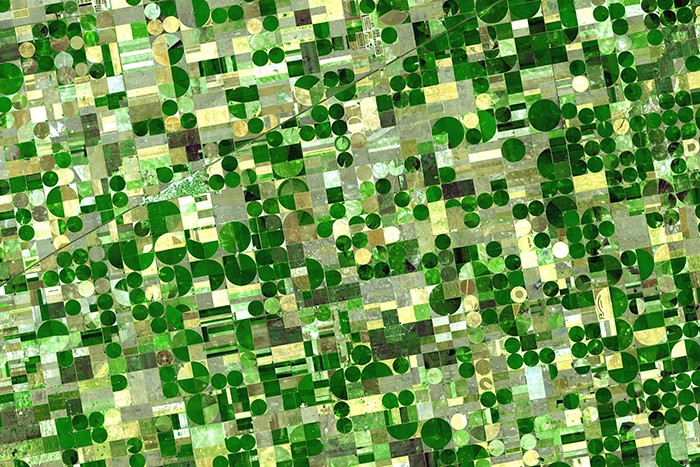Data
All Landsat Data Freely Available From the U.S. Geological Survey.
“[T]he pivotal aspect of the Landsat mission is the acquisition and curation of the most comprehensive and longest uninterrupted cross-calibrated EO data record ever gathered…” —Frantz et al., 2022

EarthExplorer
All Landsat data can be downloaded from EarthExplorer. Data is geometrically and radiometrically accurate and users can choose to download data as digital numbers, surface reflectance & surface temperature, or as a number of biophysical products such as dynamic surface water extent, burned area, and fractional snow cover. Additinally Analysis Ready Data tiles for the U.S. can also be found here.

LandsatLook
Landsat surface reflectance & surface temperature images can be found here. The LandsatLook viewer helps you visualize your region of interest and create custom image mosaics (as 3-band composites or certain spectral indicies), and allows you to eliminate cloud contamination.
How to Use Landsat Data
There are numerous resources that help you learn how to use, process and analyze Landsat data; a small subset of those are outlined on this page.
The Numbers Behind Landsat
Landsat sensors record reflected and emitted energy from Earth in various wavelengths of the electromagnetic spectrum.
Landsats 8 and 9 “see” and record blue, green, and red light in the visible spectrum as well as near-infrared, shortwave-infrared, and thermal-infrared light that human eyes cannot perceive (although we can feel the thermal-infrared as heat).
Landsat records this information digitally and it is downlinked to ground stations, processed, and stored in the USGS data archive.
It is this digital information that makes Landsat remotely sensed data invaluable for quantitative analysis of changes happening on Earth’s land surface and near-shore regions.

